Search and rescue chiefs in the Los Angeles County Sheriff's Department (LASD) can't praise the iPhone's Emergency SOS via Satellite enough.
It was Apple's Emergency SOS via Satellite feature that led an LASD team to find and rescue a hiker after a trail collapsed under her in Canyon Falls, Tujunga. Now department heads say that this was just one of the many incidents that has seen them change their minds about the iPhone feature.
Speaking to BackPacker magazine, SAR Technology Director Steve Goldsworthy says he was skeptical at first, and suspected there would be misuse, too. But over a year after the feature's launch, Goldsworthy says he now believes "it's a complete game changer."
"The GPS position is coming right off of the phone, so it's extremely accurate," he says.
This helps first responders because "in the backpacking world, so much of what he do is without cell service."
"We have the Pacific Crest Trail that cuts through the back side of LA County," continues Goldsworthy. "Those mountain peaks go up to 10,000 feet [and the] north side doesn't get alot of sun, so in the winter we get a lot of snow and ice rescues."
LASD Assistant Director Mike Leum reports that there have been "over a dozen" rescues where the Emergency SOS via Satellite was not only involved, but crucial.
"What we've experienced is that there are multiple benefits to this feature," he says. "Number one is the immediate notification that we get."
"People have an hour to get advanced life support to increase their survivability," he continues. "In a couple of these incidents, people's lives were one hundred percent saved because of this feature."
"The great thing about that feature — there are many great things about this feature — is that it is a two way communication device," continues Leum.
"So when they send the 911 text message," he says, "the station can reply and find out very important information like: Is anybody hurt? How many people are with you? Does anyone have any medical conditions?"
Emergencies and false alarms
LASD staff did expect that there would be false alarms, and even deliberate misuse. "In some ski areas they were getting bombarded with [false alarms]," said Leum.
But he says that the technology has been steadily updated and is now better able to distinguish at least certain types of false alarm.
"Those are the kinds of things they've tweaked over time," says Goldsworthy, "because there's a balance between wanting to minimize false alarms and also not delay emergency services."
Then there was one incident when a full rescue team was almost sent out before it was determined that the iPhone user was just low on gas.
Aside from that, LASD reports no misuse of the service, and year on from launch, staff have gone from skepticism to being fans who want more.
"I, personally, am not an iPhone user," Goldsworthy told the publication. "So, I'd love to see the technology rolled into every cell phone out there."
Currently, Apple provides two years free use of Emergency SOS via Satellite to new iPhone buyers. That was recently extended to three years for iPhone 14 users, but Apple has yet to say what the service might cost after the free period.
 William Gallagher
William Gallagher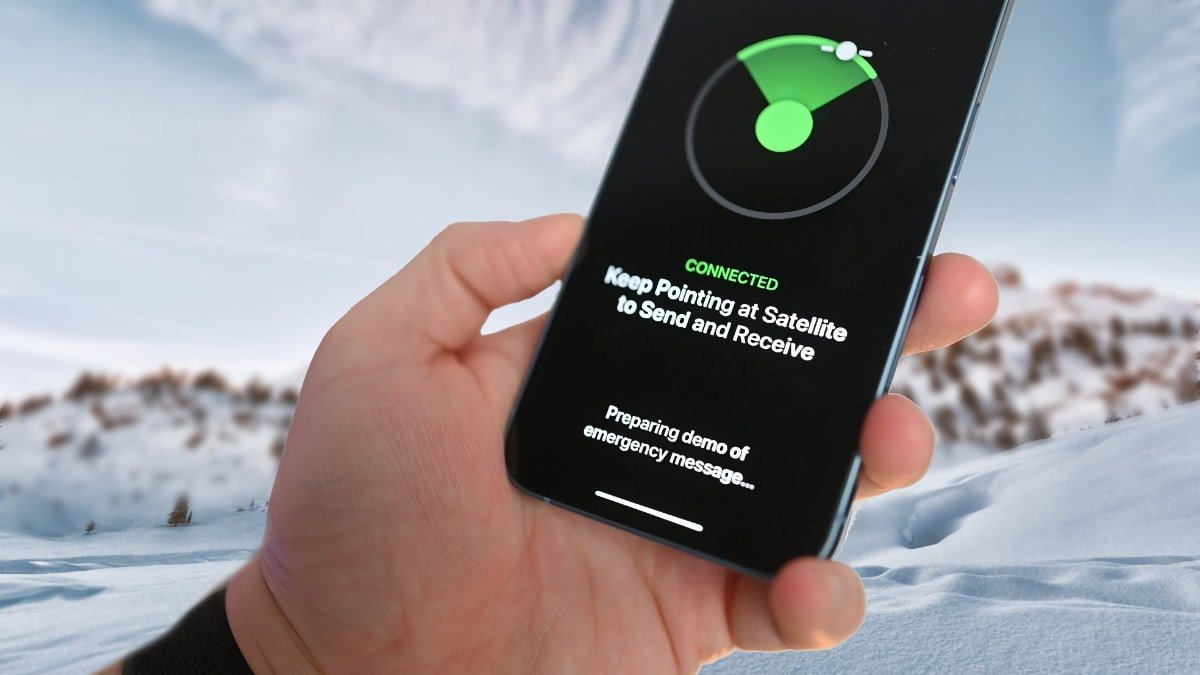
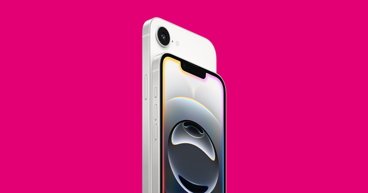


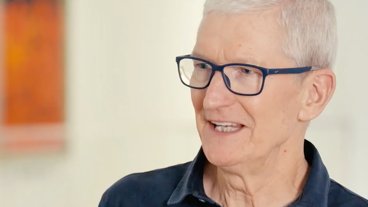
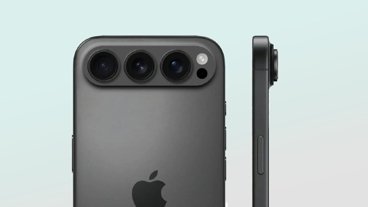


-m.jpg)






 Christine McKee
Christine McKee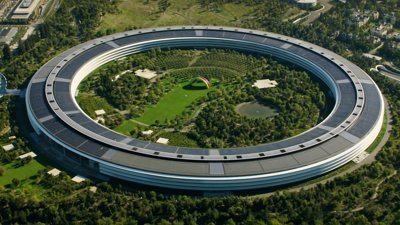
 Wesley Hilliard
Wesley Hilliard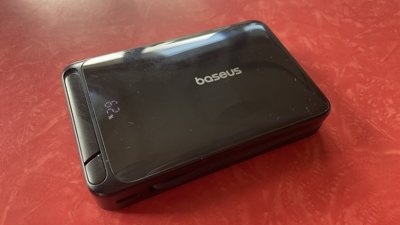
 Thomas Sibilly
Thomas Sibilly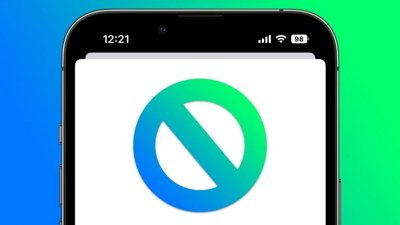
 Marko Zivkovic
Marko Zivkovic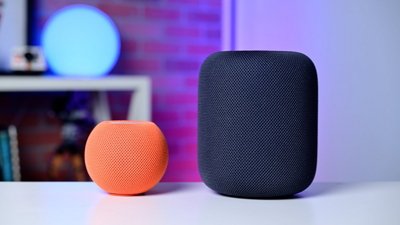
 Andrew O'Hara
Andrew O'Hara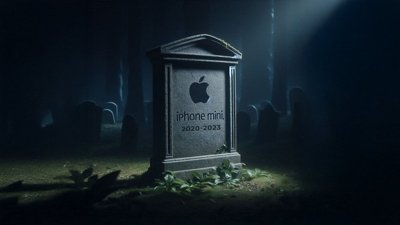
 Amber Neely
Amber Neely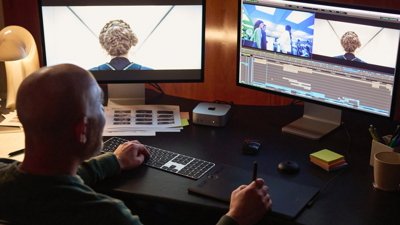

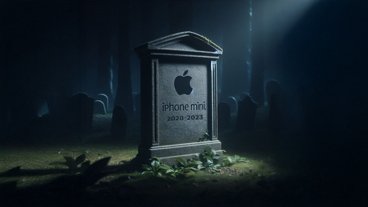
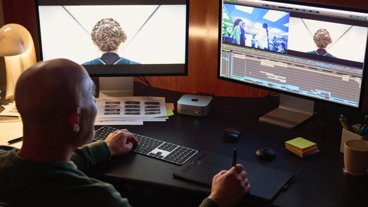
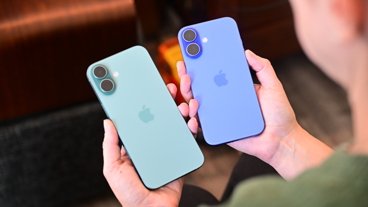






5 Comments
Governments may be tempted to pay Apple for this service. Apple may be tempted to include it in any iCloud+ subscription. Both parties are holding off until the other one blinks.
That's your takeaway and contribution. Hm.
I'm happy to hear LASD has accepted this feature as a viable aid to rescue and lifesaving. To be saved from a life threatening situation must be an overwhelm sense of relief. To be in the position to provide that aid when it's needed most is rewarding. To be too late can be devastating friends, family, and responders alike.
Apple really nailed the two-way text feature though they probably had input from responders. Talking to someone on the phone often finds an excited victim who has trouble concentrating on answering the important questions ask. Having to answer those question in text much reduce the distraction considerably. It's good to hear some real world feedback on this instead of web doom and gloom. Nice article, AI!